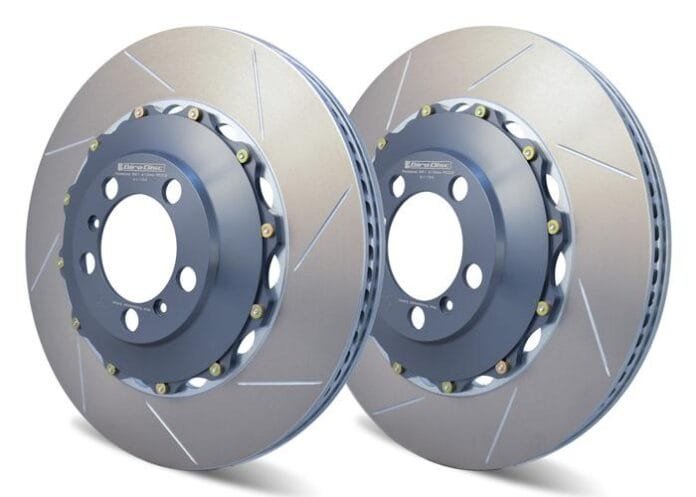Replacing a head gasket is a critical repair often necessitated by issues such as engine overheating, coolant leaks, or compression losses. While this repair aims to restore engine integrity and performance, it’s essential to remain vigilant for a range of problems that may arise post-replacement. Here, we discuss common issues to keep an eye on after you’ve replaced the head gasket.

Engine Overheating
Post head gasket replacement, engine overheating can indicate unresolved issues. Components like a clogged radiator or malfunctioning thermostat may prevent effective coolant circulation, leading to overheating. Similarly, a faulty water pump can exacerbate the issue by failing to circulate coolant through the system. Regular checks of these components post-replacement are vital to prevent this problem.
Coolant Leaks
A properly installed head gasket should prevent coolant leaks by creating a watertight seal. Persistent leaks may suggest installation issues or unnoticed damage during the replacement process, such as warpage or cracks in the engine. Ensuring that surfaces are appropriately prepared and inspected before installation is key to avoiding these leaks.
Poor Engine Performance
Suboptimal engine performance can result from various factors following head gasket replacement. Insufficient torque on head bolts can lead to an uneven seal, affecting engine compression. Additionally, damage to the cylinders or pistons may impair engine function. A comprehensive inspection and proper reassembly of components are crucial for maintaining optimal performance.
Conclusion
Being aware of these common problems after head gasket replacement allows for prompt action to mitigate further damage. Regular maintenance and diagnostics can ensure the longevity of your engine repair.



